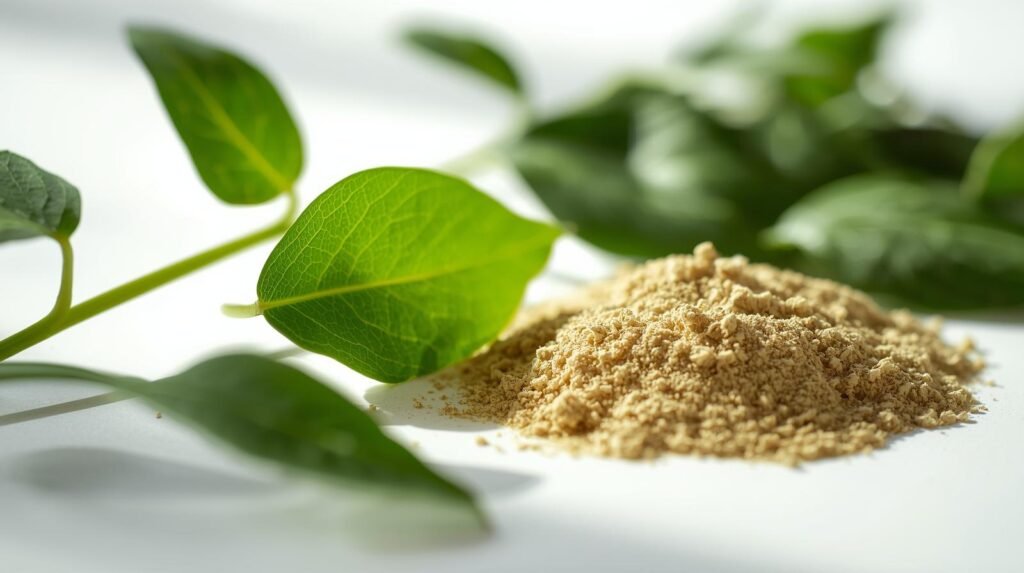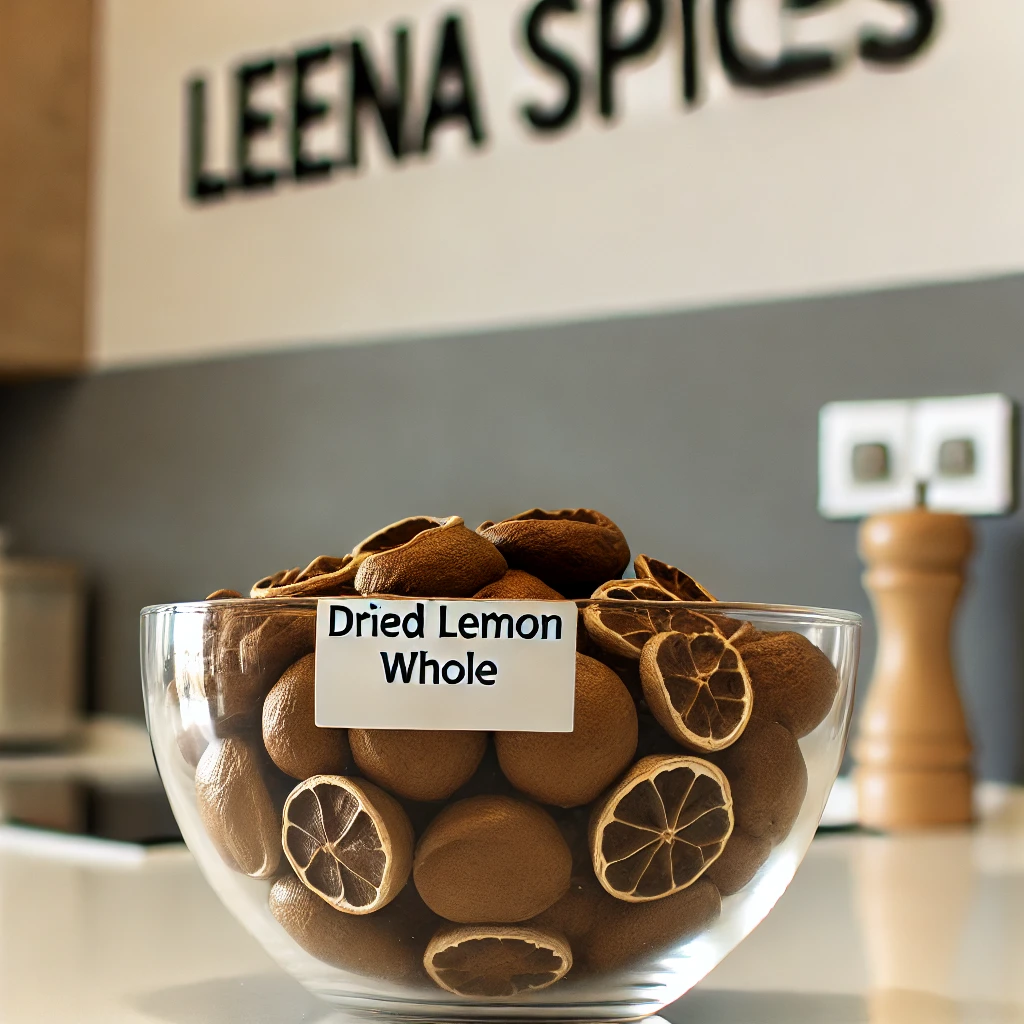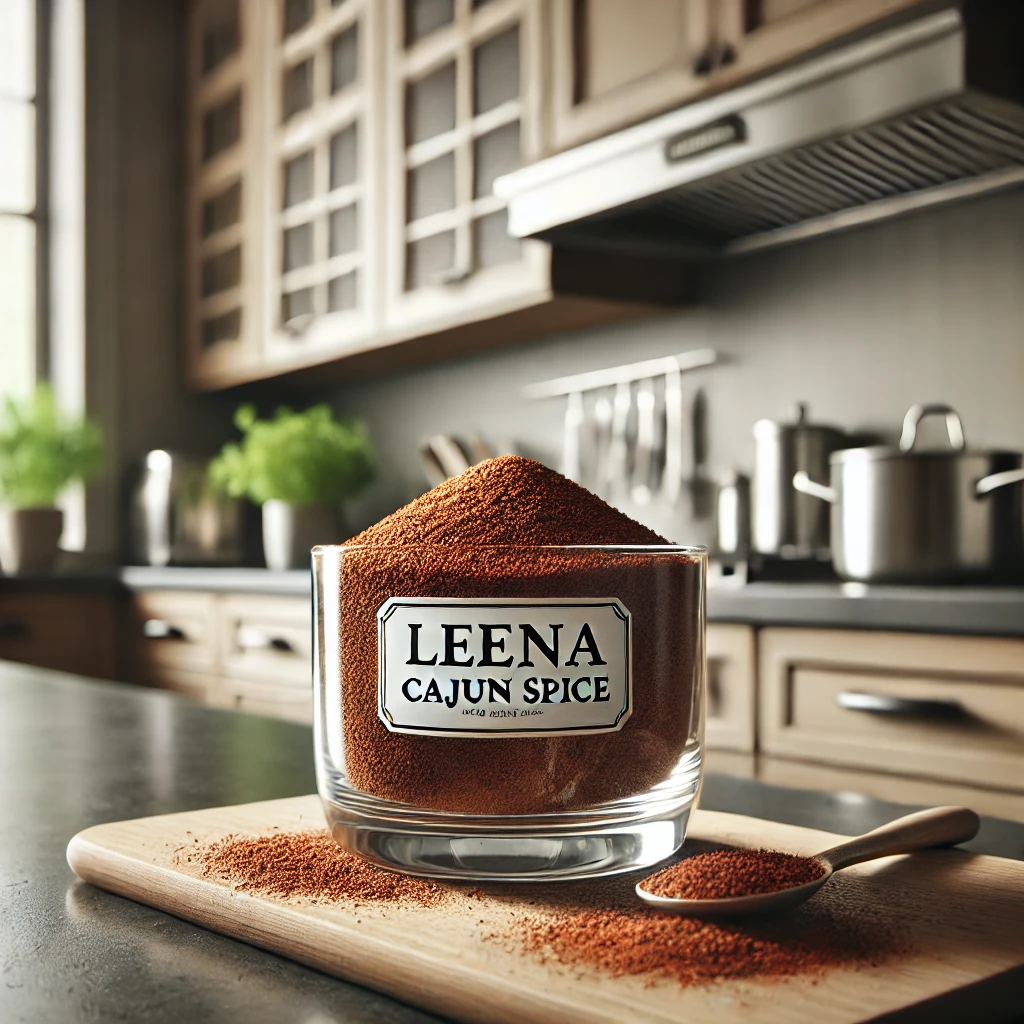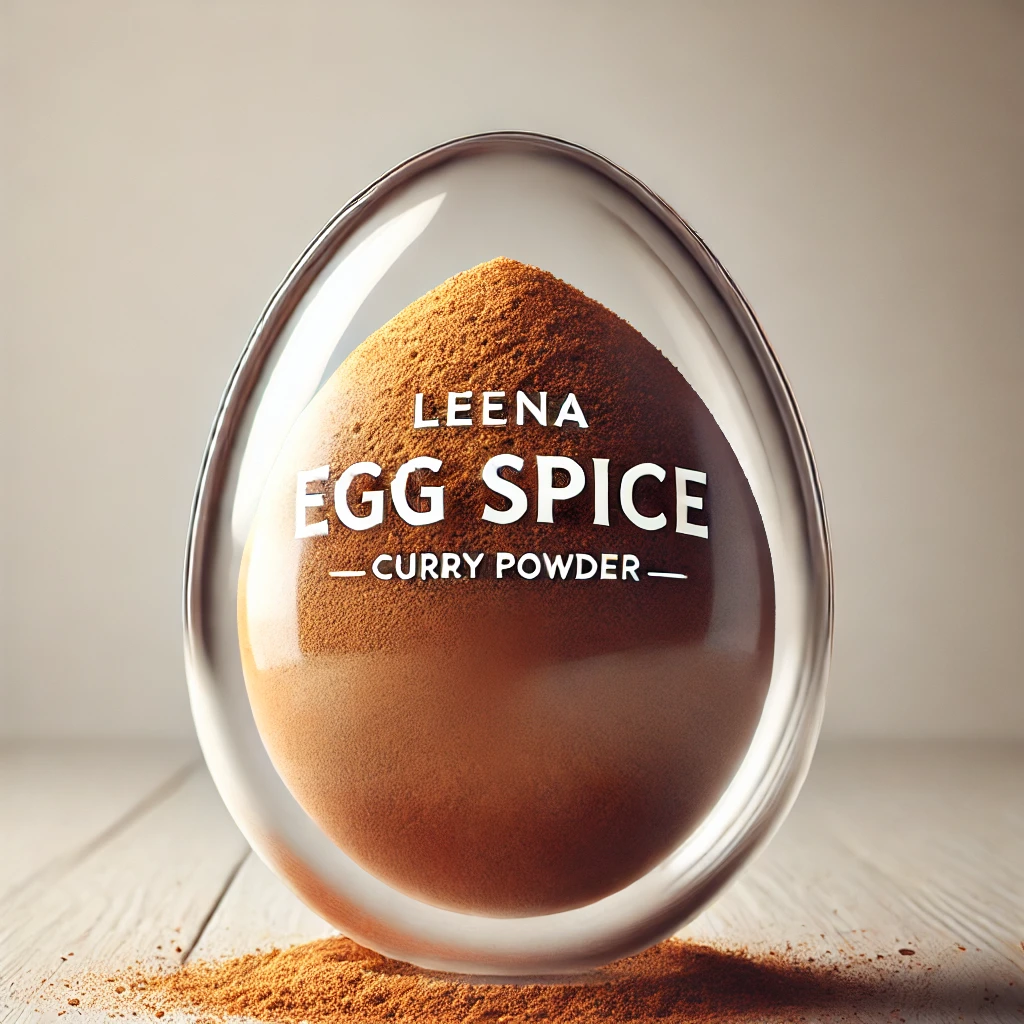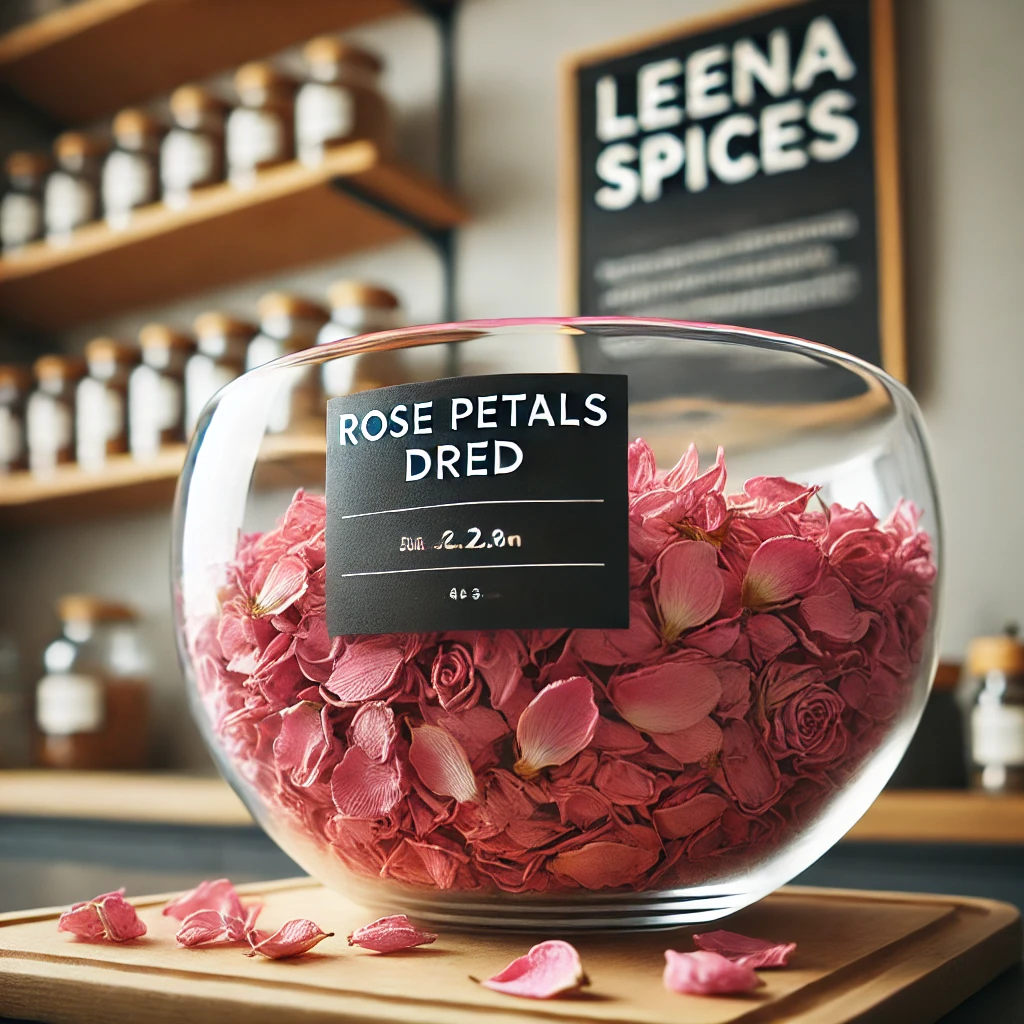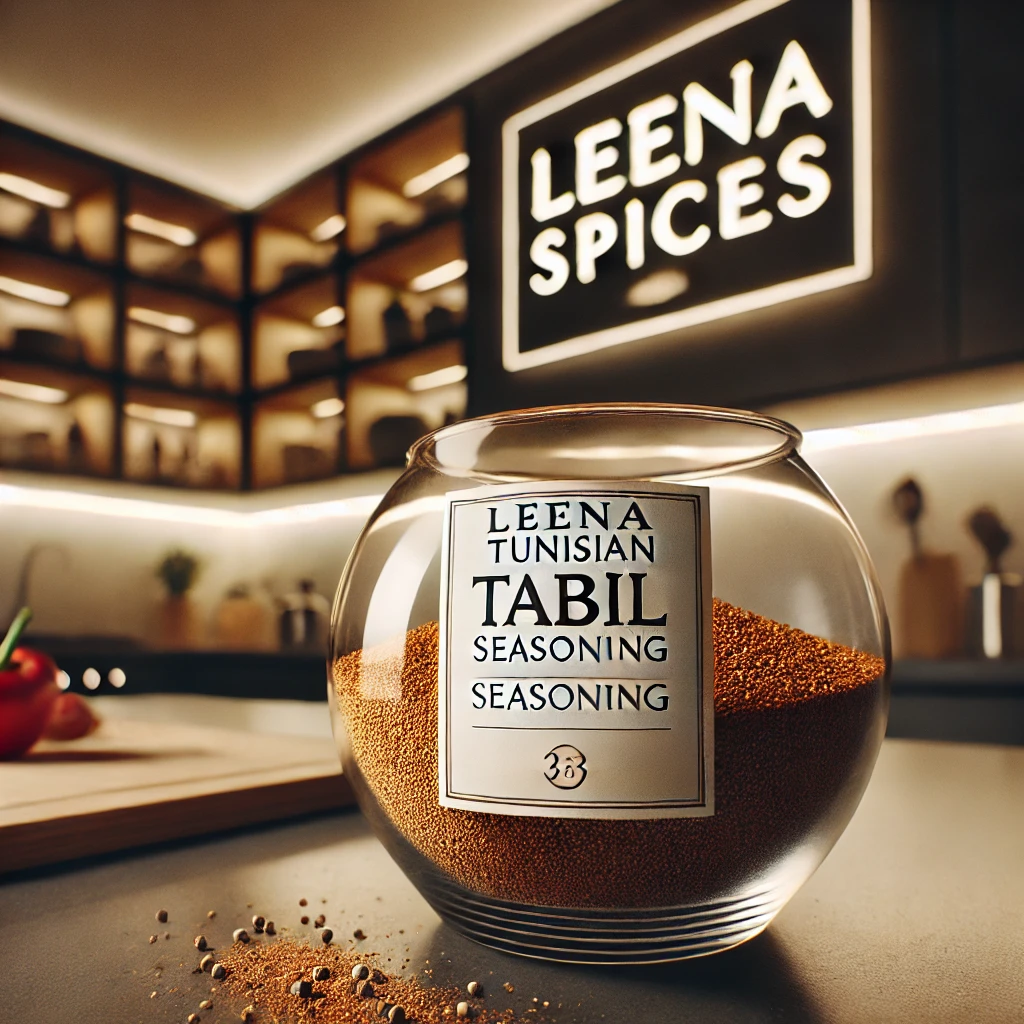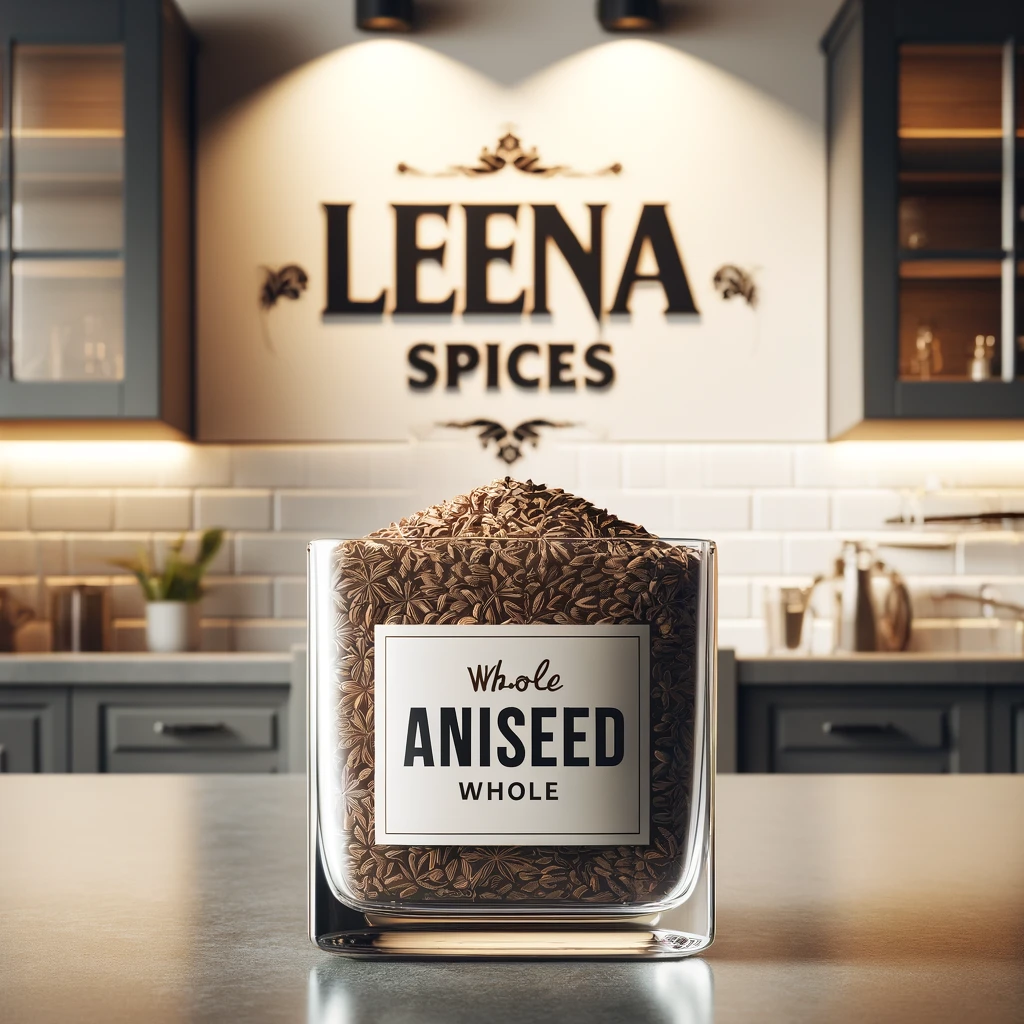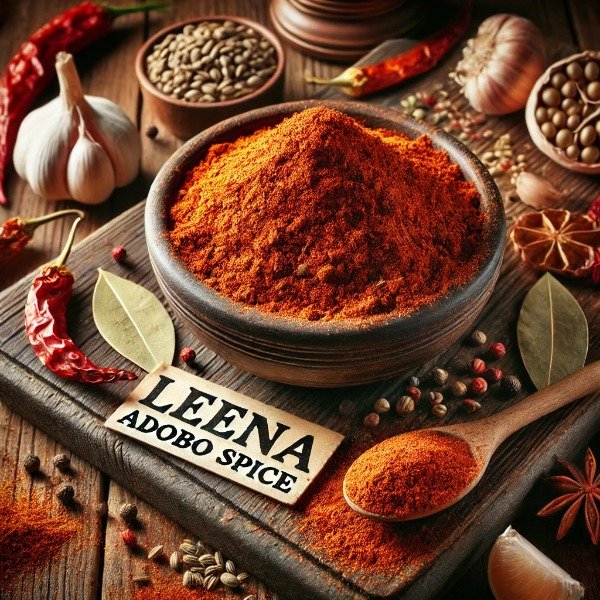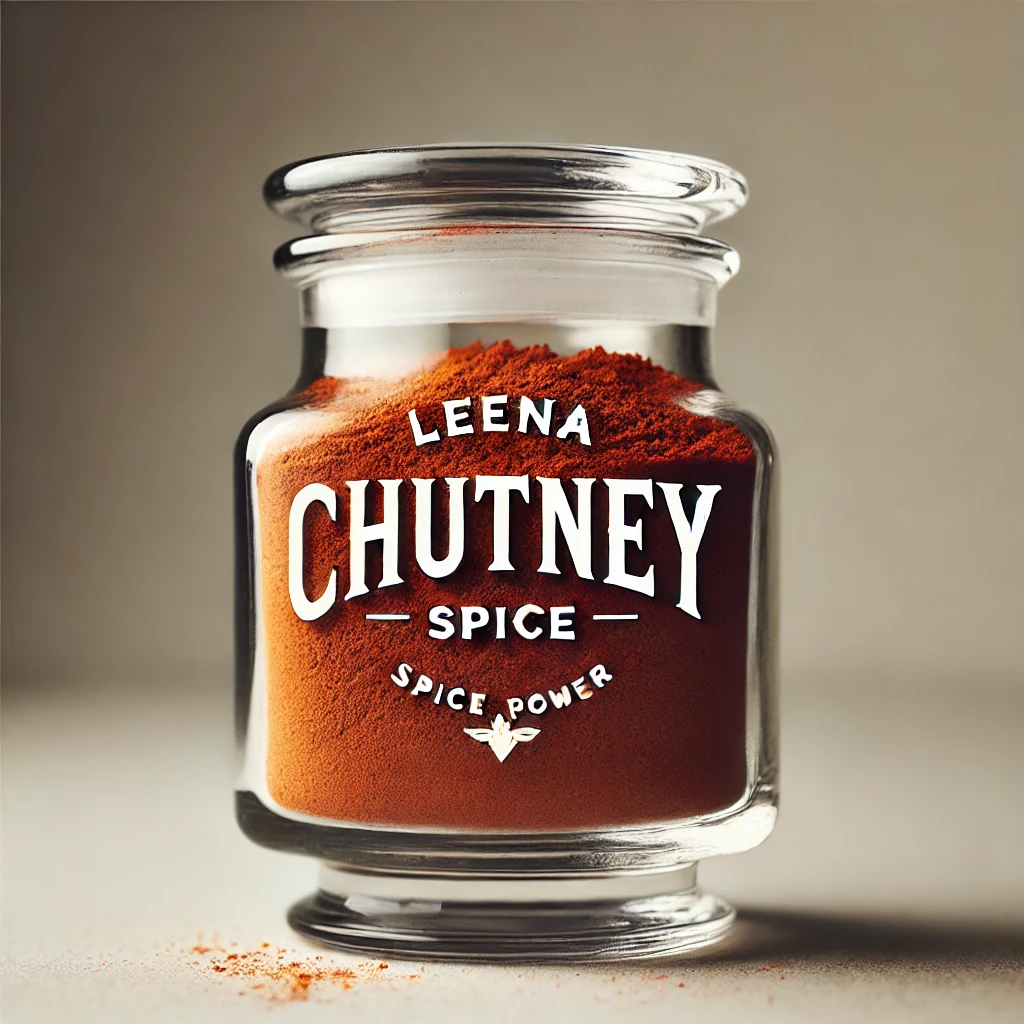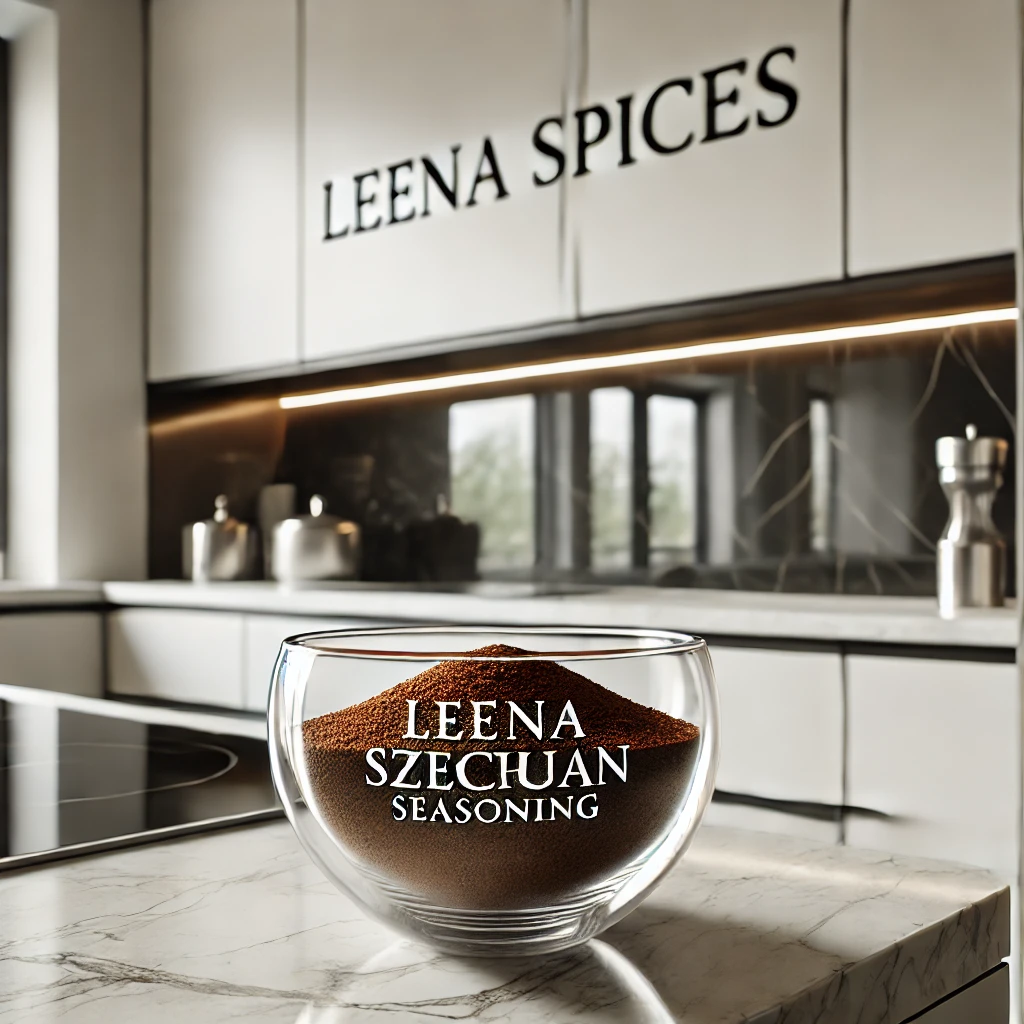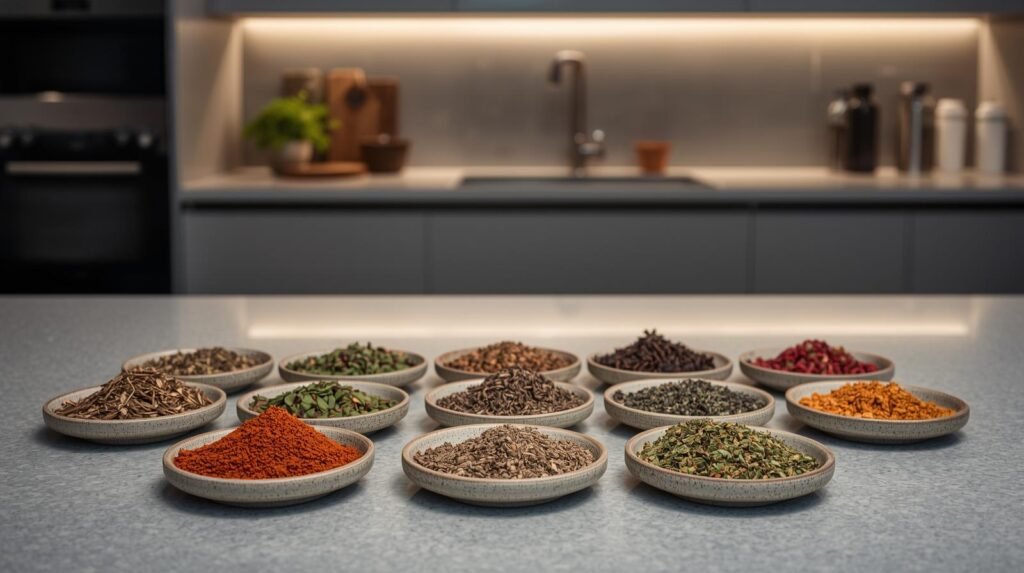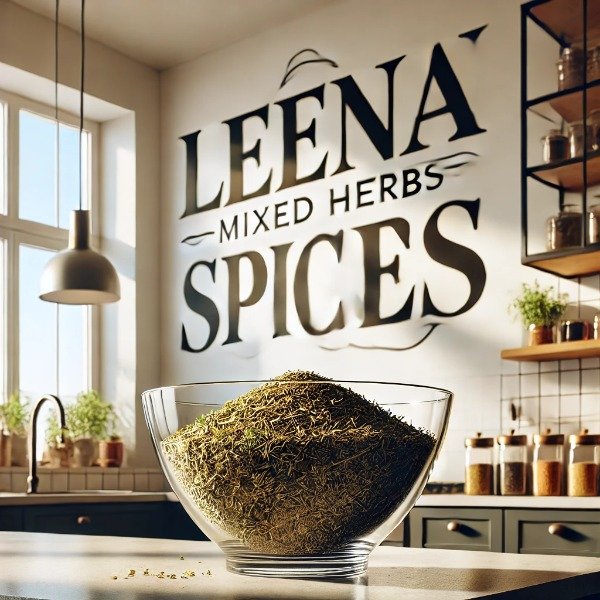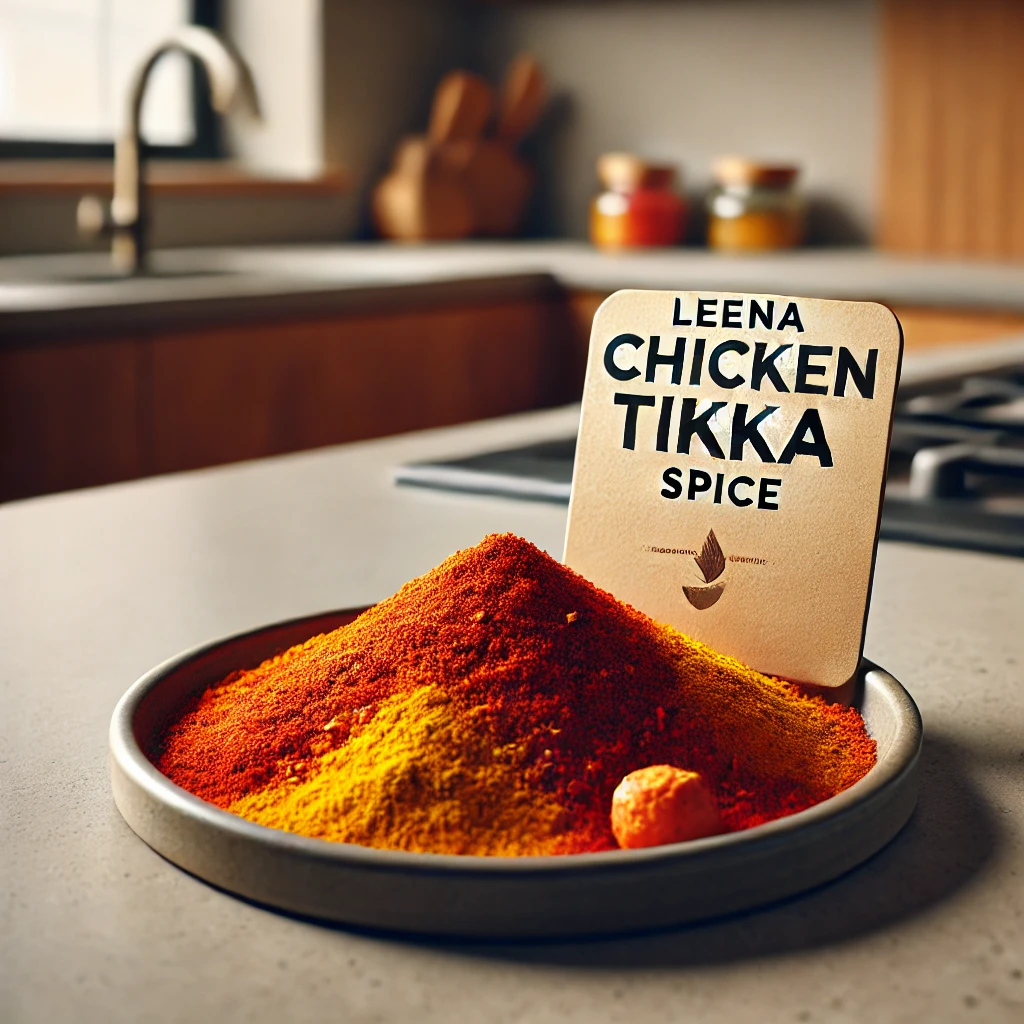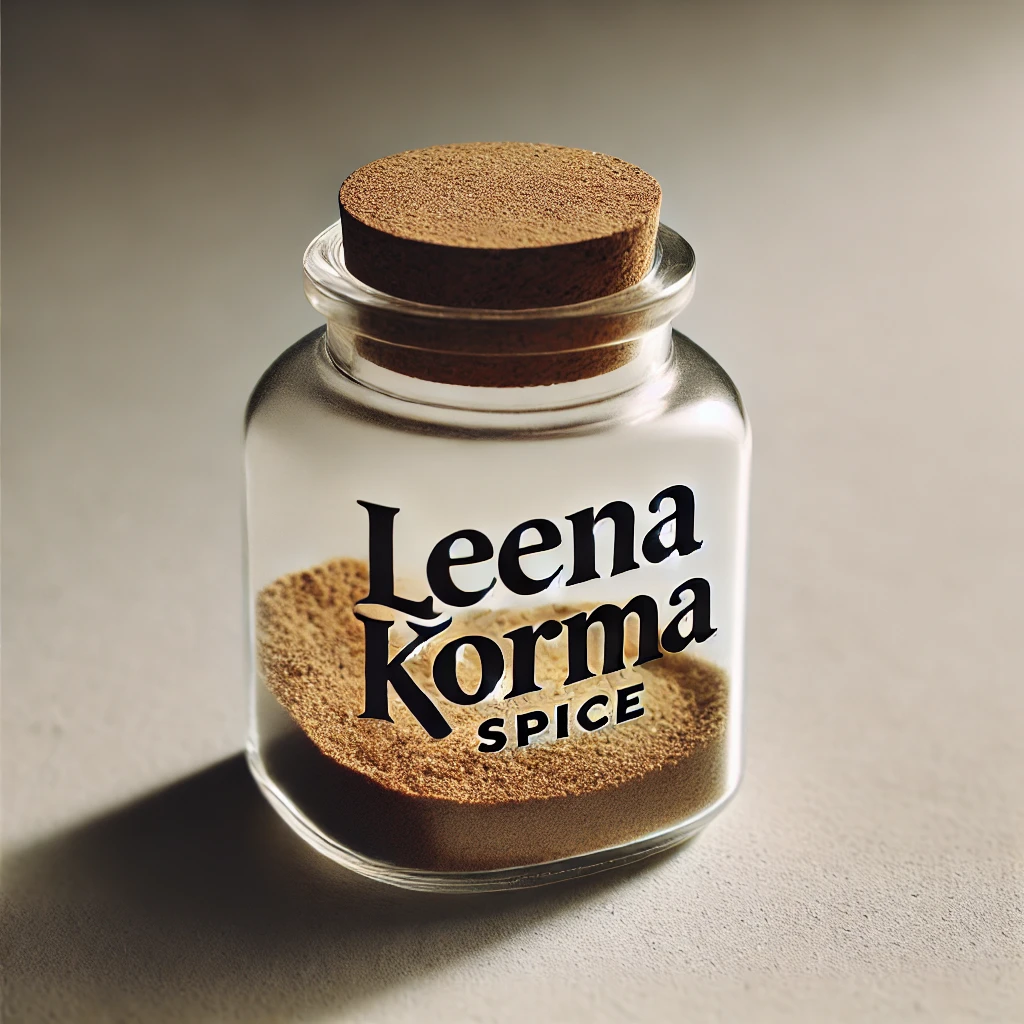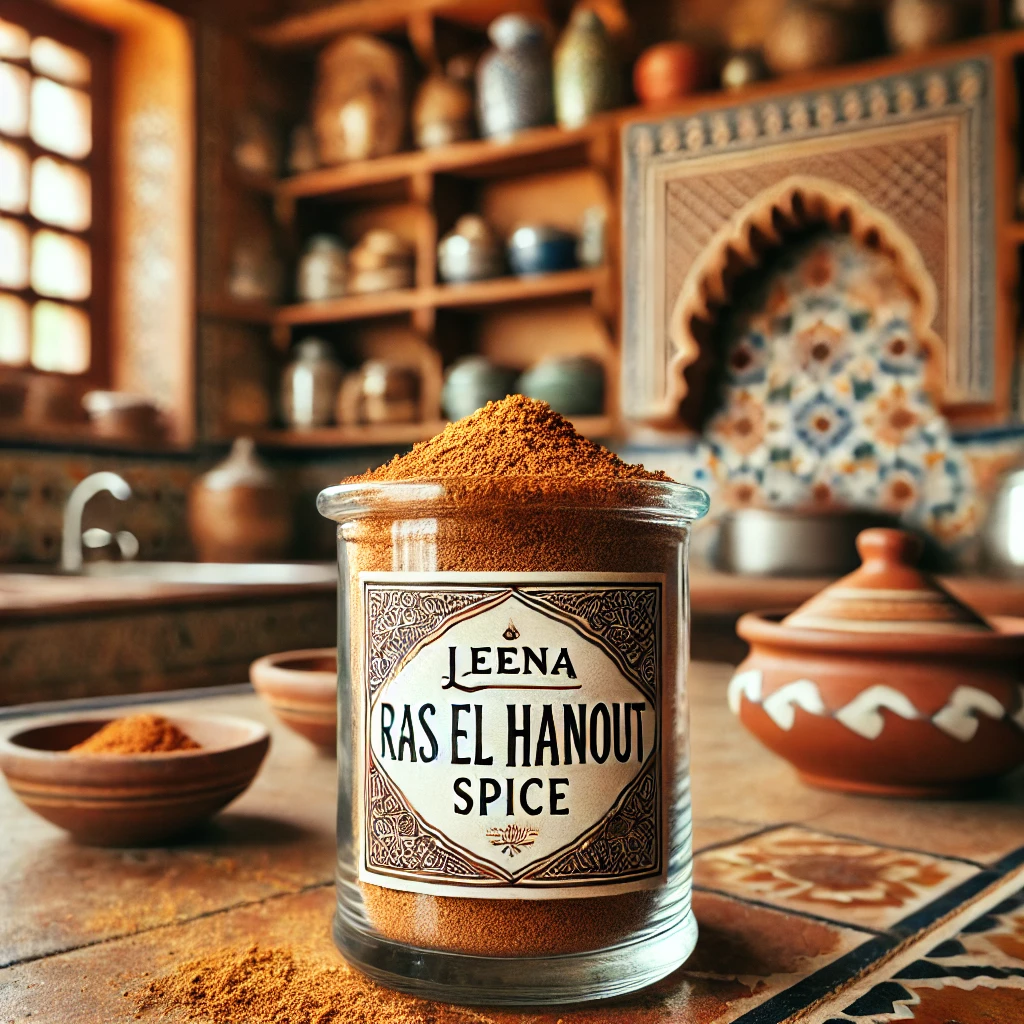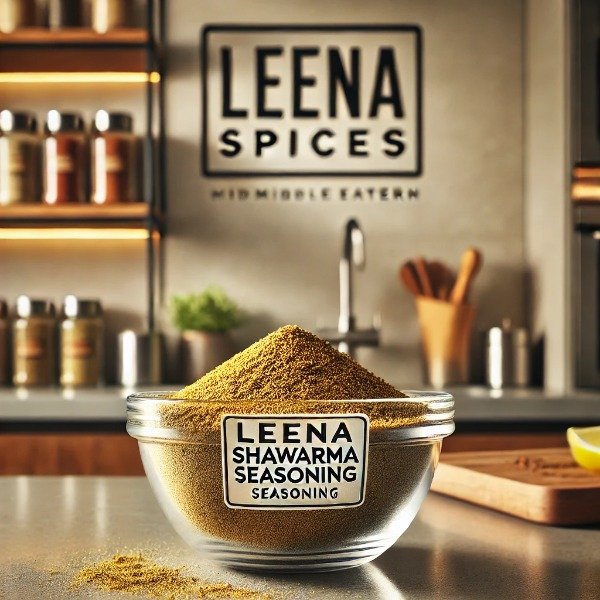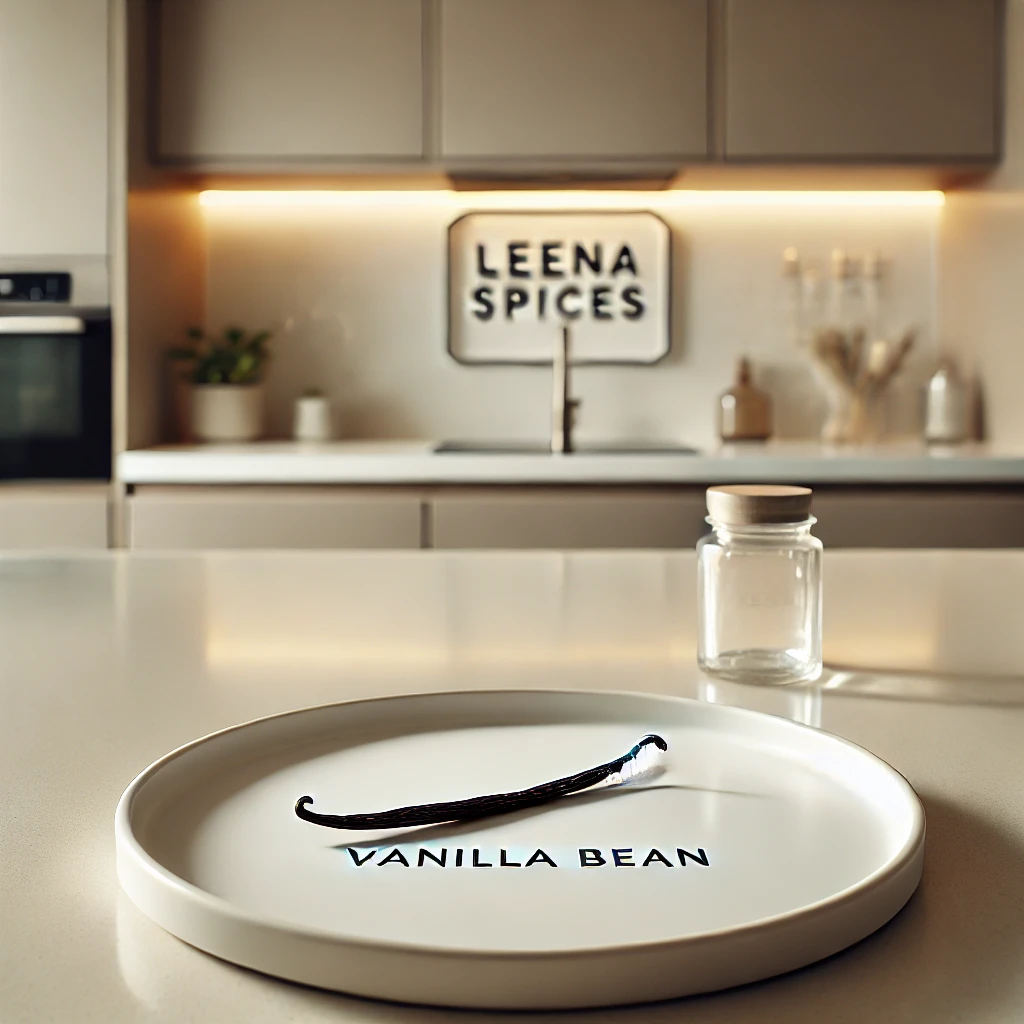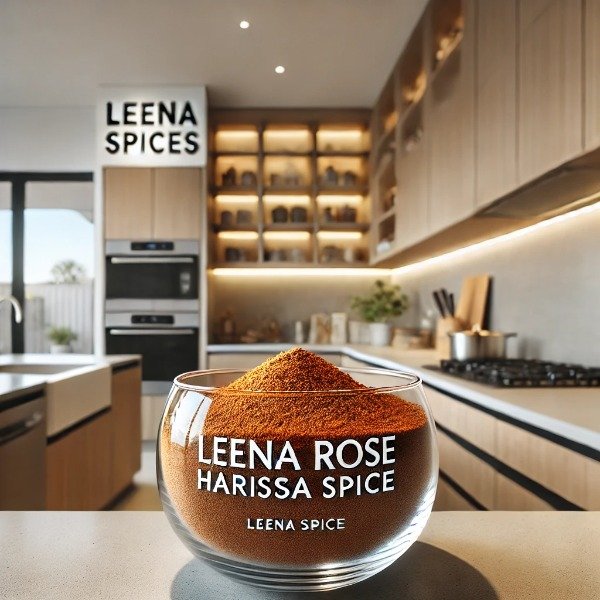10 Amazing Rock Sugar Benefits: Soothing, Digestive & Energy-Boosting Uses You Need to Know
Table of Contents
- What is Rock Sugar?
- History and Origins of Rock Sugar
- Ancient India: The Roots of Rock Sugar
- Persia (Iran): Refinement and Luxury
- China: Culinary and Medicinal Evolution
- Europe: From Medicine to Confection
- Modern Production and Legacy
- What Is Rock Sugar Made From?
- How Rock Sugar is Made
- Preparing a Supersaturated Sugar Solution
- Crystallization: Slow and Steady
- Harvesting and Drying
- Different Types of Rock Sugar
- By Color and Refinement
- By Production Method and Shape
- By Regional Name and Cultural Use
- Specialty or Flavored Rock Sugar
- How Rock Sugar Differs from Refined Sugar
- Physical Form and Structure
- Processing and Refinement
- Sweetness and Flavor
- Dissolving Rate
- Culinary Uses
- How Rock Sugar Is Used in Cooking
- Beverages
- Soups and Asian Dishes
- Desserts
- Ayurvedic and Medicinal Recipes
- Baking and Confections
- How Much Rock Sugar Do I Use in Tea?
- Is Rock Sugar Healthier Than White Sugar?
- Why the Myth Exists
- 10 Health Benefits of Rock Sugar
- Soothes Cough and Sore Throat
- Aids Digestion
- Provides Quick Energy
- Cooling Effect
- Supports Hemoglobin Levels (Traditional Claim)
- Freshens Breath
- Enhances Mental Alertness (Anecdotal)
- Pregnancy Support (Traditional Use)
- Supports Eye Health (Traditional Belief)
- Mild, Gradual Sweetener
Key Takeaways: Rock Sugar
Q: What is rock sugar?
A: Rock sugar, also called mishri or rock candy, is crystallized sugar made from cane, beet, or palm sugar. It’s used in cooking, teas, desserts, and traditional remedies.
Q: Is rock sugar healthier than white sugar?
A: No. Rock sugar is primarily sucrose, like regular sugar. Trace minerals in less-refined types are negligible, and excessive intake carries the same risks—weight gain, blood sugar spikes, and dental issues.
Q: Why is rock sugar popular in cooking?
A: Its large, slow-dissolving crystals provide gentle sweetness, making it ideal for teas, long-cooked dishes, desserts, and Ayurvedic recipes.
Q: Does rock sugar have health benefits?
A: Traditionally, it’s believed to soothe coughs, aid digestion, freshen breath, provide quick energy, and have a mild cooling effect. Benefits are mostly anecdotal and should not replace medical advice.
Q: How should rock sugar be used?
A: Use it in moderation, in beverages, desserts, braised dishes, or traditional remedies. Choosing the right type (white, amber, brown, or flavored) can enhance flavor and sweetness control.

What is Rock Sugar?
Rock sugar, also called rock candy or mishri, is a type of sugar formed into large, hard crystals. It is typically made from cane or beet sugar and is either unrefined or minimally processed. Unlike granulated table sugar, rock sugar has a milder sweetness and a unique crystalline texture, making it popular in both culinary and traditional medicinal uses.
Rock sugar is widely used in Asian cuisines to sweeten teas, desserts such as Tong Sui, and even some savory braised dishes. It is also incorporated in Ayurvedic and traditional remedies for its soothing properties. While it provides quick energy like other sugars, it contains minimal vitamins or minerals and should be consumed in moderation.
What Is The History and Origins of Rock Sugar?
Rock sugar, also known as rock candy or mishri, has a rich history spanning thousands of years and multiple cultures. Its story is closely tied to the early development of sugar crystallization and refinement.
Ancient India: The Roots of Rock Sugar
The earliest records of rock sugar date back over 2,000 years to ancient India, where sugarcane was first cultivated. Boiled sugarcane juice was crystallized into large lumps known as “khanda,” meaning “piece of sugar” in Sanskrit. Rock sugar was highly valued for its use in religious rituals, as a portable sweetener, and in Ayurvedic medicine for its supposed cooling and digestive properties.
Persia (Iran): Refinement and Luxury
By the 9th century, the technique of crystallizing sugar had spread to Persia, where it was known as “nabat.” Persian makers often flavored these crystals with saffron or rose, using them in teas or as a luxury sweet. Rock sugar was prized both as a delicacy and for its perceived medicinal benefits.
China: Culinary and Medicinal Evolution
Rock sugar became prominent in China during the Tang Dynasty (618–907 AD). A Buddhist monk is said to have developed a method of dripping sugar syrup over bamboo to form crystals, initially called “sugar frost” or “sugar ice.” Chinese cooks and healers adopted rock sugar for its mild sweetness and ability to balance flavors. It became a staple in teas, desserts, and braised dishes, and remains important in traditional Chinese medicine and cuisine today.
Europe: From Medicine to Confection
During the Middle Ages, sugar traveled to Europe via trade with the Middle East. Rock sugar, often called “candy sugar,” was initially used in apothecaries and as a medicinal sweetener. By the 17th and 18th centuries, as sugar became more accessible, it transitioned into a popular confection, a role it continues to play today in the form of colorful rock candy sticks and other treats.
Modern Production and Legacy
Today, rock sugar is made globally, both by traditional slow-crystallization methods and industrial processes. Its enduring popularity stems from its purity, long shelf life, gentle sweetness, and versatility in culinary and medicinal uses. Authentic regional varieties, such as Mishri in India, Nabat in Iran, and Bing Tang in China, continue to be highly valued for their flavor and cultural significance.
What Is Rock Sugar Made From?
Rock sugar is primarily made from sugar (sucrose) and water. The sugar is typically sourced from:
- Sugarcane – the most common source, producing white or amber/yellow crystals.
- Sugar beets – an alternative plant source.
- Palm trees or toddy palms – less common sources in some regions.
How Is Rock Sugar Made?
Rock sugar is created through a careful process of slow crystallization from a highly concentrated sugar solution. The process can be carried out on both a small, home-kitchen scale or in industrial production, but the principles remain the same.
- Preparing a Supersaturated Sugar Solution
Sugar, usually from cane or beet, is dissolved in water and heated to form a supersaturated syrup. Heating allows more sugar to dissolve than would be possible at room temperature. This concentrated solution holds excess sugar molecules that will later form crystals. - Crystallization: Slow and Steady
The hot syrup is poured into containers and left to cool undisturbed for several days to weeks. To encourage crystal formation, strings, sticks, or the container walls serve as “seed points” where sugar molecules can gather. As the syrup cools and water evaporates slowly, large, orderly sugar crystals form. The key is patience—slow crystallization produces the characteristic hard, translucent lumps, unlike rapid cooling which results in small, uneven crystals. - Harvesting and Drying
Once the crystals reach the desired size, any remaining syrup is drained off. The solid crystals are then air-dried to remove residual moisture and sometimes broken into uniform pieces for packaging.
The resulting rock sugar can vary in color and flavor: pure white crystals are made from refined sugar, while amber or yellow varieties come from less-refined sugar, retaining trace minerals and a slightly more complex taste.
Rock sugar’s gentle sweetness and unique crystalline texture make it a popular choice for teas, desserts, and traditional medicinal recipes.
What are Different Types of Rock Sugar ?
- By Color and Refinement
- White/Clear Rock Sugar
- Appearance: Transparent or pure white, often uniform in size.
- Refinement: Made from highly refined sugar.
- Flavor & Use: Mild and clean sweetness, ideal for teas, dessert soups like Tong Sui, or recipes requiring a neutral, untainted sweetness.
- Yellow/Amber Rock Sugar
- Appearance: Light yellow to amber-brown, often in large, irregular chunks.
- Refinement: Less refined, retaining trace molasses.
- Flavor & Use: Richer, slightly caramel-like sweetness. Common in savory dishes (e.g., Chinese braised pork or Vietnamese pho) for balancing salty and umami flavors.
- Brown Rock Sugar
- Appearance: Darker, with more molasses content.
- Flavor & Use: Deep, caramel-like taste, used in certain Asian recipes for enhanced flavor complexity.
- By Production Method and Shape
- Polycrystalline Rock Sugar
- Method: Traditional slow cooling of sugar syrup, often around a string or in a vessel.
- Characteristics: Large, irregular lumps or bricks; typically less refined and amber-colored. Known in India as Dhage Wali Mishri.
- Monocrystalline Rock Sugar
- Method: Controlled crystallization using machines.
- Characteristics: Uniform, smaller crystals; usually refined white sugar, resembling coarse grains or pebbles.
- Rock Candy on a Stick/String
- Method: Crystals form on sticks or strings from a supersaturated solution.
- Characteristics: Decorative, slow-dissolving confection popular in Western cultures.
- By Regional Name and Cultural Use
- Mishri / Khand / Kalkandu (India & South Asia)
- Small, irregular crystals, sometimes formed around a thread (dhage wali mishri).
- Used in Ayurveda as a digestive aid, mouth freshener, or in sweets and milk.
- Nabat / Novvot (Iran & Central Asia)
- Often saffron-flavored and dissolved in tea, integral to tea culture.
- Kandis (East Frisia, Germany)
- Large white or brown lumps placed in tea cups, slowly dissolving to sweeten multiple servings.
- Specialty or Flavored Rock Sugar
- Infused with flavors like saffron, rose, or mint.
- Commonly used in teas, desserts, or as decorative candy.
- White Rock Sugar: Clear, mild, refined, used in beverages and desserts.
- Amber/Yellow Rock Sugar: Slightly less refined, richer flavor for cooking.
- Brown Rock Sugar: Darker, caramel-like taste for braises and sauces.
- Mishri: Indian variant, used in Ayurveda, sweets, and milk.
- Flavored/Colored Rock Sugar: Decorative or aromatic, popular in teas and candy sticks.
How Does Rock Sugar Differ from Refined Sugar?
While rock sugar and refined sugar are both primarily sucrose and provide similar calories, they differ significantly in form, processing, taste, and culinary use.
- Physical Form and Structure
- Rock Sugar: Large, hard, crystalline lumps or irregular pieces.
- Refined Sugar: Small, uniform granules or powder that dissolve quickly.
- Processing and Refinement
- Rock Sugar: Formed by slow crystallization of sugar syrup. White varieties are highly pure, while yellow or brown types retain trace molasses and minerals.
- Refined Sugar: Extensively processed to remove all molasses and impurities, resulting in pure white sucrose.
- Sweetness and Flavor
- Rock Sugar: Milder, subtle, and often described as clean or delicate. Some less-refined varieties have slight caramel or molasses notes.
- Refined Sugar: Stronger, more immediate sweetness with a neutral flavor.
- Dissolving Rate
- Rock Sugar: Dissolves slowly due to large crystal size, ideal for teas, broths, and braised dishes.
- Refined Sugar: Dissolves quickly in hot or cold liquids, suitable for general cooking, baking, and beverages.
- Culinary Uses
- Rock Sugar: Favored in Asian cuisines (Chinese, Vietnamese, Indian) for teas, dessert soups, braises, and Ayurvedic remedies. Its slow dissolution helps control sweetness, caramelization, and glaze.
- Refined Sugar: Versatile for baking, everyday beverages, and general sweetening.
Key Takeaways:
- Chemically, both are essentially sucrose. Differences lie in crystal size, texture, and flavor perception.
- Rock sugar provides gentler sweetness and controlled caramelization, while refined sugar offers immediate sweetness and universal use.
- Less-refined rock sugar adds subtle depth and complexity that refined sugar lacks.
How Is Rock Sugar Used in Cooking?
Rock sugar, also known as mishri or rock candy, is prized in cooking for its mild sweetness, subtle flavor, and slow-dissolving crystals. It is especially common in Asian cuisines, traditional desserts, and medicinal recipes.
Common Culinary Uses:
- Beverages:
Dissolved in teas, herbal infusions, or milk, rock sugar provides a gentle, clean sweetness without overpowering the drink. - Soups and Asian Dishes:
Added to soups, broths, or braised dishes (e.g., Chinese Hong Shao Rou, Vietnamese pho), rock sugar balances savory, salty, and spicy flavors while imparting a glossy finish. - Desserts:
Used in sweets like Indian kheer, halwa, or Chinese candied fruits (tanghulu), it enhances flavor and texture. - Ayurvedic and Medicinal Recipes:
Combined with herbs like fennel or ginger, rock sugar serves as a mild sweetener in traditional digestive or medicinal preparations. - Baking and Confections:
Crushed or melted, it can be used in candies, syrups, or as a decorative topping.
Key Feature:
Rock sugar dissolves slowly, releasing sweetness gradually. This makes it ideal for long-cooked dishes, slow-braised recipes, and beverages where controlled sweetness is preferred. Brown or less-refined varieties may also add subtle caramel notes.
How Much Rock Sugar Do I Use in Tea?
The amount of rock sugar depends on personal taste and the tea’s volume. General guidelines are:
- For a standard 8 oz (240 ml) cup: 1–2 small rock sugar crystals (about 1–2 teaspoons or 4–8 g) for mild sweetness.
- For a teapot (32 oz / 1 liter): 4–6 small crystals (1–2 tablespoons), added gradually.
Since rock sugar dissolves slowly, it’s best to add it at the start of steeping or pour hot water directly over the crystals to help them melt. Use slightly more for strong or herbal teas and less for delicate teas like green tea.
Is Rock Sugar Healthier Than White Sugar?
- Purity: Traditional contexts considered rock sugar purer due to slow crystallization, but modern white sugar is also highly refined.
- Milder Sweetness: Large crystals dissolve slowly, giving a gradual sweetness. Using the same volume might slightly reduce sugar intake by weight, but the chemical impact remains the same.
- Traditional Uses: In Chinese medicine, rock sugar is used in herbal teas for “cooling” or soothing properties, but these are cultural beliefs, not scientifically proven health benefits.
10 Health Benefits of Rock Sugar
Rock sugar (mishri or rock candy) is primarily sucrose, so its nutritional benefits are limited. However, traditional medicine systems like Ayurveda and Traditional Chinese Medicine (TCM) attribute several potential health benefits when it is used in moderation:Soothes Cough and Sore Throat
- Often used in teas or herbal remedies with ingredients like ginger or black pepper.
- Believed to calm irritation and provide mild relief for coughs and colds.
Aids Digestion
- Commonly consumed with fennel seeds after meals.
- Thought to improve digestion, reduce bloating, and act as a mild mouth freshener.
Provides Quick Energy
- As a simple carbohydrate, rock sugar is rapidly broken down into glucose, offering a fast energy boost.
Cooling Effect
- Considered a “cooling” agent in Ayurveda.
- Often used in summer drinks to help balance body heat and reduce stress.
Supports Hemoglobin Levels (Traditional Claim)
- Some traditional practices suggest rock sugar may improve blood circulation and support hemoglobin, potentially helping with mild anemia symptoms.
Freshens Breath
- Chewing small amounts after meals may stimulate saliva and refresh the mouth.
Enhances Mental Alertness (Anecdotal)
- When consumed with milk or herbal drinks, rock sugar is believed to help reduce mental fatigue and support focus.
Pregnancy Support (Traditional Use)
- Used in small amounts to relieve stress, promote mild energy, and support lactation in postpartum care.
Supports Eye Health (Traditional Belief)
- In some systems, rock sugar is thought to help maintain eye health and prevent strain or cataracts.
Mild, Gradual Sweetener
- Large crystals dissolve slowly, providing gentle sweetness for beverages and long-cooked dishes, making it ideal for controlled flavor release.
Frequently Asked Questions About Rock Sugar
What is rock sugar?
Rock sugar, also called mishri or rock candy, is crystallized sugar formed into large, hard crystals. It is usually made from sugarcane or sugar beets and is less refined than regular granulated sugar. It is widely used in teas, desserts, braised dishes, and traditional medicinal recipes.
Is rock sugar healthier than white sugar?
No, rock sugar is not significantly healthier than white sugar. Both are primarily sucrose with similar calories and minimal nutrients. Any trace minerals in less-refined rock sugar are negligible.
How much rock sugar should I use in tea?
For an 8 oz (240 ml) cup of tea, 1–2 small crystals (about 1–2 teaspoons or 4–8 g) are sufficient for mild sweetness. For a teapot (32 oz / 1 liter), 4–6 crystals or 1–2 tablespoons can be used. Adjust according to taste.
Can rock sugar help with cough or sore throat?
Traditionally, rock sugar is used in teas or herbal remedies to soothe throat irritation and calm mild coughs. It may also help loosen mucus when combined with ingredients like ginger or black pepper.
Can I use rock sugar during pregnancy?
In moderation, rock sugar is sometimes used in traditional remedies to ease nausea or boost energy. However, it is still sugar and should be consumed carefully to avoid excess calorie intake or gestational diabetes. Always consult a healthcare provider.
Is rock sugar safe for diabetics?
No, rock sugar has a high glycemic index and can raise blood sugar levels just like regular sugar. People with diabetes should avoid or strictly limit its consumption.
Does rock sugar aid in weight loss?
No, rock sugar is a source of empty calories and can contribute to weight gain if overused. It should be consumed in moderation within a balanced diet.
What are the main side effects of rock sugar?
Excessive consumption can cause weight gain, blood sugar spikes, tooth decay, and increased risk of metabolic or cardiovascular issues. Individuals with diabetes, obesity, or dental problems should limit intake.
What types of rock sugar are available?
Common types include white/clear rock sugar, yellow/amber rock sugar, brown rock sugar, Mishri (India), Nabat (Iran), and flavored varieties infused with saffron, rose, or mint. Each type varies in refinement, color, and use.
How is rock sugar used in cooking?
Rock sugar is added to teas, broths, soups, desserts, and Ayurvedic remedies. Its slow-dissolving crystals provide gentle sweetness and subtle flavor, ideal for long-cooked dishes or herbal drinks.
Conclusion
In summary, rock sugar is a traditional ingredient with a rich history, unique culinary uses, and a variety of potential health benefits. While it provides quick energy, soothes the throat, aids digestion, and supports certain wellness practices, it is still sugar and should be enjoyed in moderation. By understanding its types, uses, and effects, you can make informed choices and incorporate rock sugar thoughtfully into your diet, whether in teas, desserts, or traditional remedies. Embrace its subtle sweetness and cultural significance while keeping a balanced approach to your overall health.



